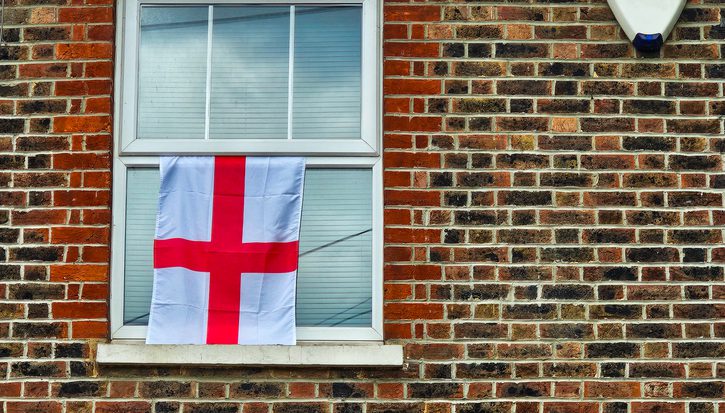Right To Home? Rethinking homelessness in rural communities
Article
Idyllic images of rolling hills, countryside pursuits and village life mask can significant experiences of inequality and deprivation to which rural communities are vulnerable. Homelessness,traditionally depicted as an urban street phenomenon, is notably absent in people’s understanding of rural life.
Homelessness across England is on the rise. Rates are high in urban areas and yet many households in rural areas are threatened with or experience homelessness.
- In 2015/16, 6,270 households were accepted as homeless in England’s 91 mainly and largely rural local authorities (LAs).
- In 16 of these predominantly rural LAs, at least two in every 1,000 households was accepted as homeless.
- In 2015/16, mainly and largely rural areas in England reported making 12,977 decisions on homelessness approaches – 11 per cent of local authority decisions, nationally.
- From 2010 to 2016, mainly rural local authorities recorded a rise from 191 to 252 rough sleepers – an increase of 32 per cent. In largely rural areas there has been a leap of 52 per cent
- The peculiarities of rural areas can make delivering services to prevent and relieve homelessness particularly difficult.
This research has found that central to addressing homelessness in rural areas will be making sure rural housing markets work for their resident populations by providing affordable accommodation across a range of tenures and types of home. For homelessness itself, the research starts to identify a number of things that could be pursued now, ranging from new rural-specific homelessness strategies to new models of partnership working, from improved monitoring and reporting to community-based service delivery options.
Related items

Reclaiming Britain: The nation against ethno-nationalism
How can progressives respond to the increasing ethnonationalist narratives of the political right?
Rule of the market: How to lower UK borrowing costs
The UK is paying a premium on its borrowing costs that ‘economic fundamentals’, such as the sustainability of its public finances, cannot fully explain.
Restoring security: Understanding the effects of removing the two-child limit across the UK
The government’s decision to lift the two-child limit marks one of the most significant changes to the social security system in a decade.